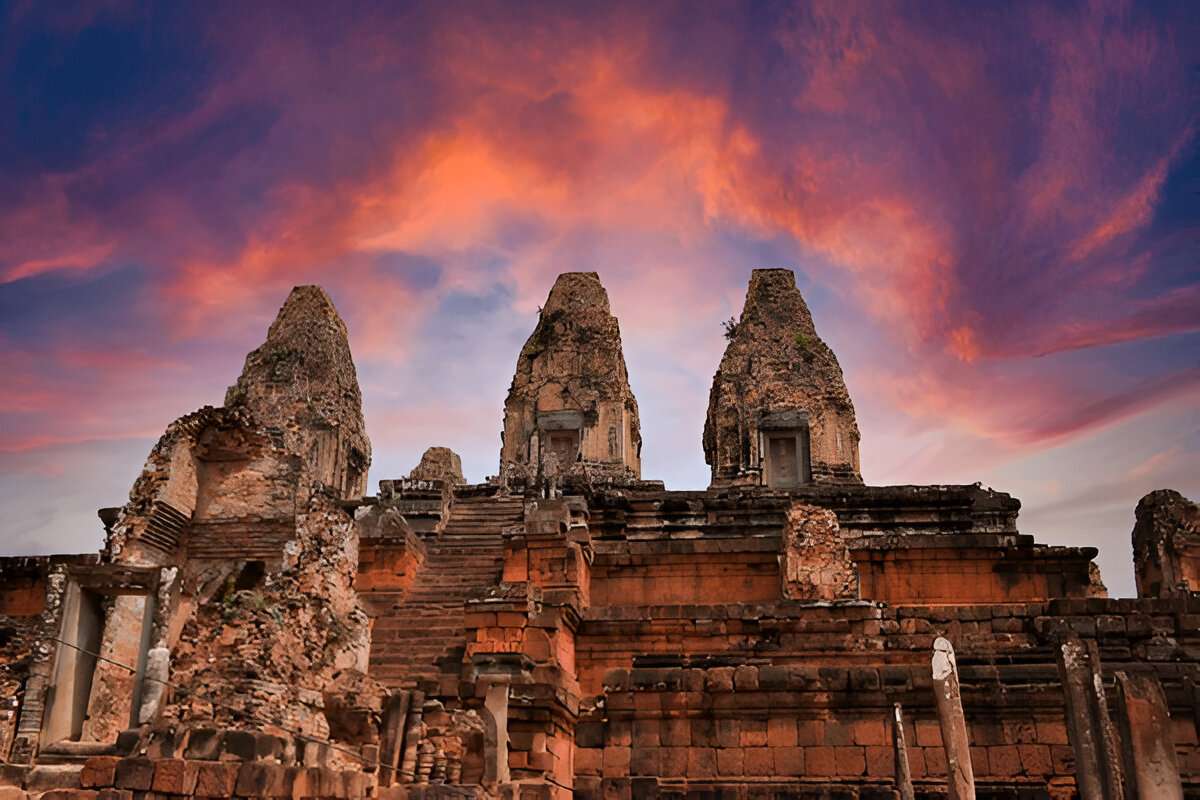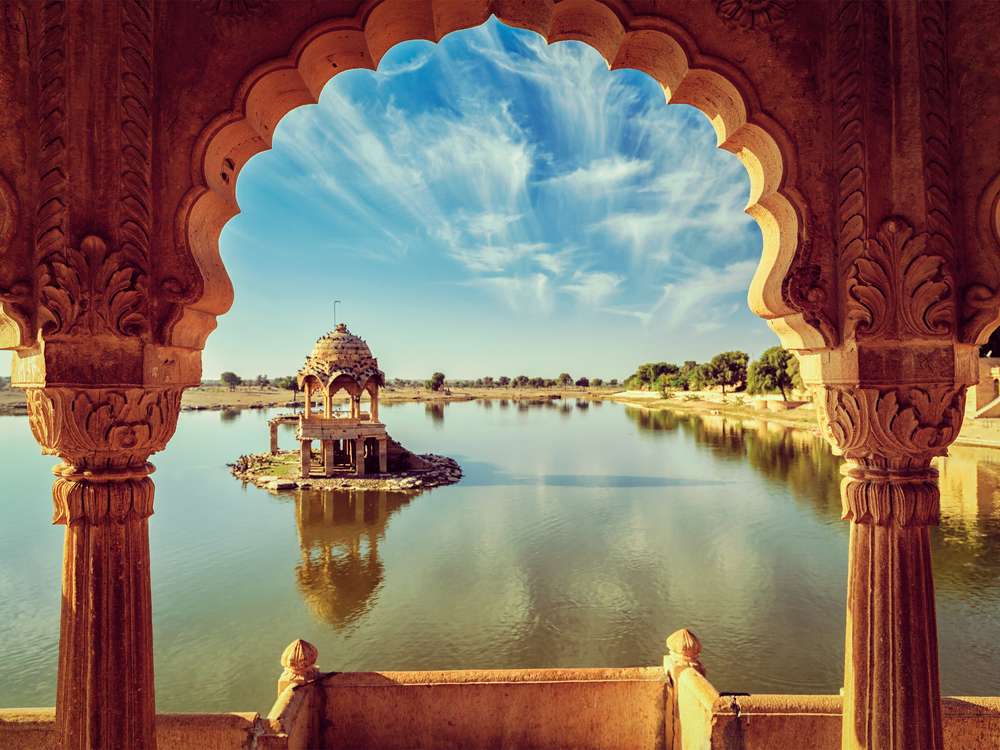India, a place of amazing variety, is a refuge for those who enjoy animals and has a cultural and historical treasure store. From the snow-capped Himalayas to the sun-drenched deserts of Rajasthan, from the deep forests of Central India to the rich wetlands of the Northeast, India’s national parks provide a window into the great variety of the nation. Among the most famous animals in the world, including the Bengal tiger, the Indian elephant, and the elusive snow leopard, these guarded sanctuaries house these Here are five of India’s best national parks for anyone looking for adventure, peace, or a closer relationship with the natural world—an incredible trip into the wild.
Ranthambore National Park: Where Tigers Roam Free
One of India’sIndia’s most well-known wildlife locations, Ranthambore National Park is tucked away in the tough Rajasitan terrain. Originally a royal hunting area, it is today a vibrant refuge for the magnificent Bengal tiger. The park’s distinctive scene, filled with lakes, historic ruins, and deep forests, offers a striking backdrop for animal observations.
Ranthambore distinguishes itself with its accessibility and great chance of seeing tigers in their native environment. The park’s broad grasslands and water features help guests see these amazing animals as they go about their everyday lives. Beyond tigers, Ranthambore is a heaven for nature enthusiasts and photographers since it hosts leopards, sloth bears, and a range of birdlife. Perched on a hill inside the park, the ancient Ranthambore Fort gives the experience some historical background and mystery.
Kaziranga National Park: A Rhino’sRhino’s Paradise
Kaziranga National Park, a UNESCO World Heritage Site in the northeastern state of Assam, is a haven for the one-horned rhinoceros, which is in peril. Kaziranga is a must-see for those who enjoy nature since two-thirds of the world’sworld’s population of this species is found there, and it represents a success in conservation.
Not just rhinos but also tigers, elephants, and wild water buffalo find an ideal home in the park’s large grasslands, ponds, and deep forests. With more than 500 species of birds—including the magnificent huge Indian hornbill and the threatened Bengal florican— Kaziranga is also a birdwatcher’s dream come true. An exciting experience with intimate interactions with its varied species is exploring the park on an elephant safari or car ride. Kaziranga is a very unusual since the Brahmaputra River, which runs beside the park, accentuates its picturesque appeal.
Jim Corbett National Park: India’sIndia’s Oldest Wildlife Sanctuary
Named for the famed hunter-turned-conservationist Jim Corbett, this national park in Uttarakhand is the oldest in India. Founded in 1936, it was the first to be covered under Project Tiger, a conservation effort meant to help the nation’s declining tiger population.
Jim Corbett National Park has a variety of settings ranging from hills to rivers, grasslands to deep forests. Tigers, leopards, elephants, and more than 600 birds call it home, among other creatures. The park’s varied topography makes it perfect for nature walks and wildlife safaris. Angling and birdwatching abound on the Ramganga River across the park. The park provides eco-tourism projects, including stays in forest lodges and guided nature paths for people looking for a more immersive experience.
Sundarbans National Park: The Mystical Mangrove Forest
The Sundarbans National Park is the biggest mangrove forest worldwide and a UNESCO World Heritage Site spanning the Ganges, Brahmaputra, and Meghna rivers delta. The secretive Bengal tiger, which has evolved to live in the mangroves and is renowned for its swimming ability, calls this unusual ecology home.
Discovering the Sundarbans sets off an experience unlike any other. The park’spark’s network of rivers, thick mangrove forests, and tidal mudflats produces a surreal and mysterious environment. The park’s main means of sight is boat safaris, which present an opportunity to see tigers, crocodiles, and a range of birdlife. To further appeal, the Sundarbans is home to the saltwater crocodile and the threatened Irrawaddy dolphin. Living in peace with the forest, the local people provide a window into a way of life strongly linked to nature.
Periyar National Park: A Green Haven in Kerala
Periyar National Park, located in Kerala’s Karala’s Western Ghats, is a verdant, green refuge well-known for its varied species. The park’s focus is the Periyar Lake, created in 1895 by dam building. Boat safaris frequent the lake, which also supplies the park’s residents with water.
The population of Indian elephants in Periyar is well-known; they may be observed swimming and playing around the lake most of all. Tigers, leopards, and a range of bird species also call the park home, attracting those who enjoy animals. Periyar distinguishes itself with its special mix of cultural encounters and animals. The park provides a whole experience of Kerala’s natural and cultural legacy with guided nature hikes, bamboo rafting, and trips to surrounding spice farms.
A Call to the Wild
India’sIndia’s national parks are windows into the soul of the nation’snation’s natural legacy, not only places for the species protection. Every park provides a different experience molded by its topography, flora, and the tales of the residents. These parks inspire us to reconnect with nature and value the beauty and fragility of the wild, whether it means the excitement of spotting a tiger in Ranthambore, the wonder of seeing a rhino in Kaziranga, or the tranquility of a boat trip in the Sundarbans.
More Articles: India’s Most Beautiful Waterfalls for Nature Lovers



